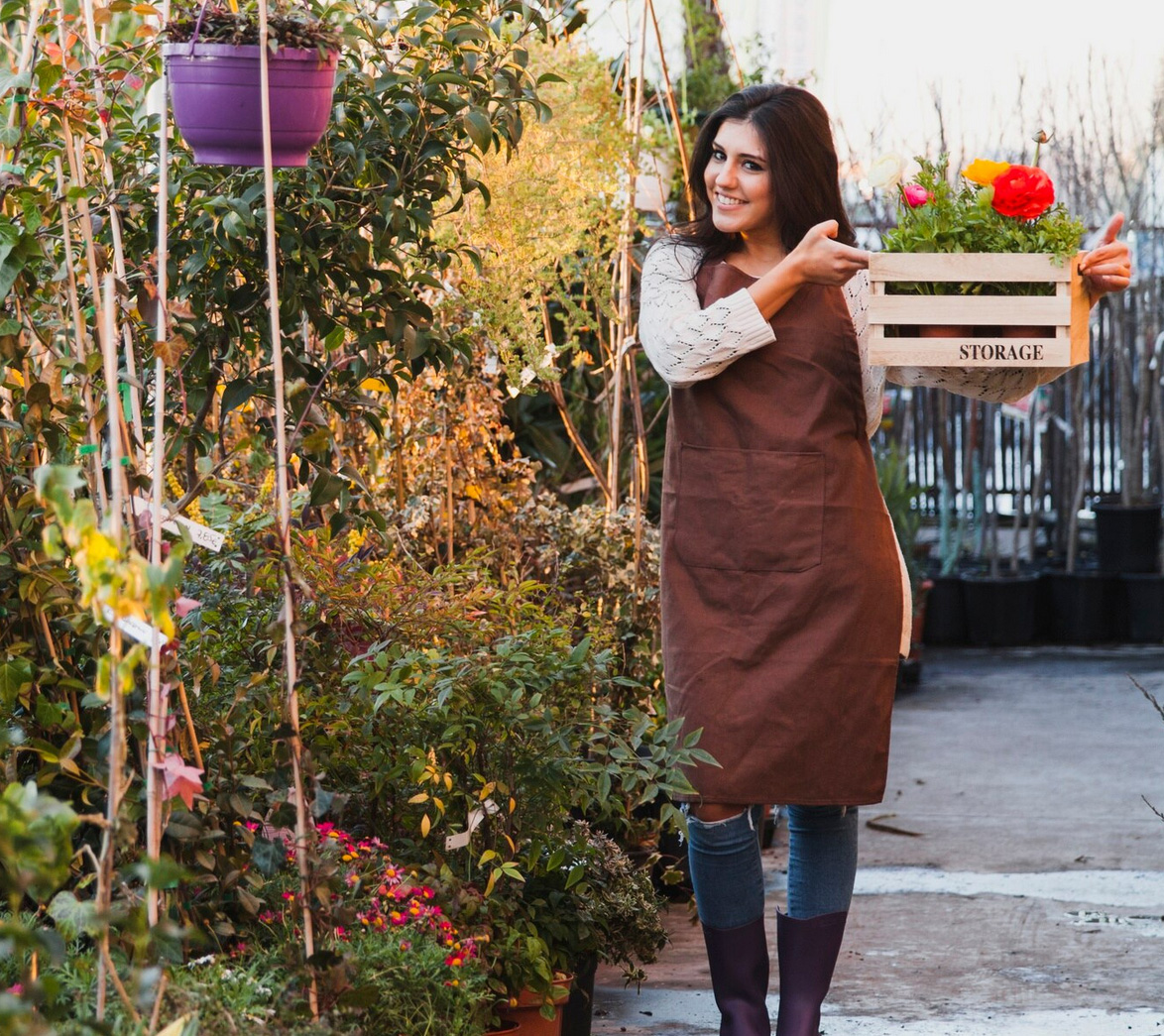
An image which may or may not be related to the article. FREEPIK
Urban Gardening: Growing Green in Concrete Jungles
Summary:
The modern city is a maze of concrete, glass, and steel—efficient, sprawling, and utterly detached from nature. But a quiet revolution is taking root between the skyscrapers and alleyways. Urban gardening is no longer just a quaint hobby for eco-enthusiasts; it’s becoming a survival skill, a rebellion against lifeless cityscapes, and a radical act of reclaiming space. From rooftop farms to vertical gardens, people are growing their own food, reducing waste, and proving that even in the densest of cities, greenery can thrive.
Sidewalks are cracked, but not by roots. The air is thick, but not with the scent of flowers. The soil—what little there is—has been poisoned, paved over, and forgotten. Yet against all odds, greenery is clawing its way back into urban landscapes.
People are growing tomatoes on high-rise balconies, cultivating herbs in tiny apartment kitchens, and transforming abandoned lots into thriving vegetable patches. This isn’t just a quirky trend—it’s a direct response to the alienation of modern urban life.
Because let’s face it: cities were designed to keep nature out. Now, people are fighting to bring it back in.
The Rise of Guerrilla Gardening
Some people ask for permission. Others just grab a handful of seeds and get to work.
Guerrilla gardening is what happens when frustrated city dwellers stop waiting for officials to greenlight public parks and start planting greenery themselves. Empty lots, neglected roadside patches, and even cracks in sidewalks have become makeshift gardens for those who refuse to let concrete have the final say.
It’s illegal in many places. That hasn’t stopped anyone.
People sneak out at night with seed bombs—little pockets of soil and plant life that explode into flowers and vegetables wherever they land. Community groups turn forgotten spaces into edible landscapes. It’s not just about aesthetics—it’s about food security, sustainability, and the right to reshape the city itself.
Rooftop Farms: The Future of Urban Food
For years, city dwellers have relied on distant farms and sprawling supply chains to bring food to their tables. But climate change, economic instability, and the absurdity of shipping lettuce thousands of miles have sparked a different idea: why not grow food where people actually live?
Rooftop farms are popping up in major cities, turning unused real estate into lush, productive green spaces. In Brooklyn, a single rooftop farm can produce thousands of pounds of fresh produce per year. In Tokyo, companies are growing rice on the tops of office buildings. Even in hyper-dense places like Singapore, vertical farms are proving that limited space doesn’t have to mean limited crops.
It’s practical. It’s efficient. And it’s a giant middle finger to the idea that food production and urban life have to be separate.
The Mental Health Benefits of Urban Gardening
Modern cities are pressure cookers of stress. Noise, pollution, overcrowding—urban life is a relentless assault on the senses. Gardening, even in the smallest form, is a way to push back.
Studies have shown that tending to plants reduces anxiety, lowers blood pressure, and increases overall happiness. Some therapists even prescribe gardening as a form of treatment for depression. There’s something primal about digging in the dirt, about nurturing something living and watching it grow.
In a world of scrolling screens and artificial light, urban gardening is a way to reconnect—not just with nature, but with ourselves.
Will Cities Ever Be Green Enough?
Despite its rapid growth, urban gardening still faces resistance. Zoning laws, real estate developers, and even some city officials see it as an inconvenience rather than a necessity. In some places, urban farmers have been fined for growing vegetables on their own property.
But the movement isn’t slowing down.
Cities like Paris and Berlin are actively integrating gardens into urban planning. Policies supporting green roofs and public orchards are gaining traction. People are demanding a different kind of city—one where trees are as valued as traffic lights, and where food doesn’t have to be imported from thousands of miles away.
Urban gardening isn’t just a trend. It’s a revolution in slow motion. And as more people turn rooftops, balconies, and sidewalks into living, breathing ecosystems, the question isn’t whether cities can be green.
It’s whether they have a choice anymore.
 muppazine
muppazine